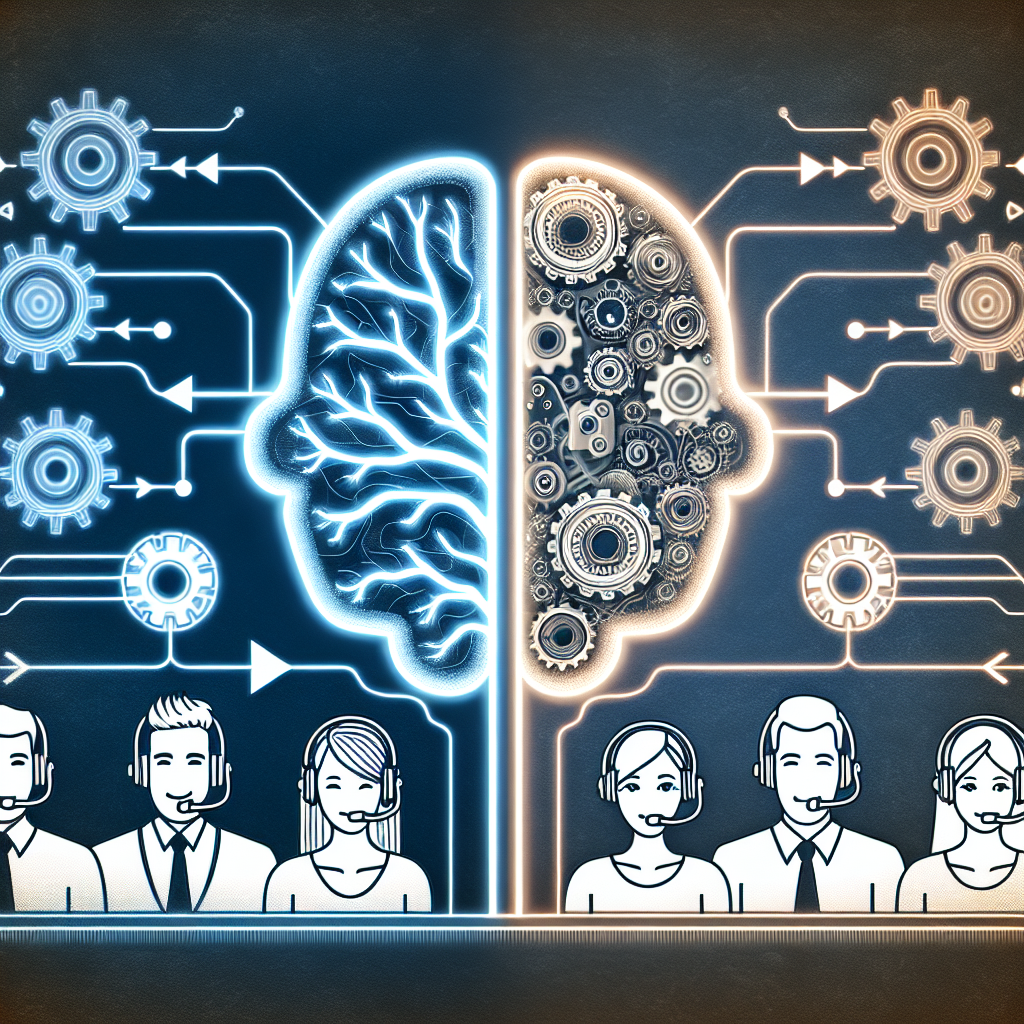Artificial intelligence (AI) and machine learning (ML) have become buzzwords in the world of technology and business. These technologies are transforming various industries, including customer service. In this article, we will explore the impact of AI and ML on customer service and how businesses can leverage these technologies to enhance customer satisfaction.
AI vs Machine Learning: What’s the Difference?
Before we delve into the impact of AI and ML on customer service, let’s clarify the difference between these two terms. AI refers to the simulation of human intelligence in machines that are programmed to think and act like humans. It involves the development of algorithms that enable machines to perform tasks that typically require human intelligence, such as speech recognition, decision-making, and problem-solving.
On the other hand, machine learning is a subset of AI that focuses on the development of algorithms that allow machines to learn from data and improve their performance over time without being explicitly programmed. In other words, machine learning enables machines to analyze data, identify patterns, and make predictions or decisions based on that data.
The Impact of AI and ML on Customer Service
AI and ML have revolutionized the way businesses interact with their customers. Here are some of the key ways in which these technologies are transforming customer service:
1. Personalized Customer Experience: AI and ML enable businesses to analyze customer data and preferences to deliver personalized and targeted experiences. For example, AI-powered chatbots can interact with customers in real-time, provide relevant product recommendations, and offer personalized solutions to their queries.
2. Automation of Routine Tasks: AI and ML can automate routine customer service tasks, such as answering frequently asked questions, processing returns, and handling complaints. This frees up human agents to focus on more complex and high-value interactions with customers.
3. Predictive Analytics: Machine learning algorithms can analyze historical customer data to predict future trends and behaviors. This enables businesses to anticipate customer needs, identify potential issues before they arise, and proactively address customer concerns.
4. 24/7 Support: AI-powered chatbots and virtual assistants can provide round-the-clock customer support, ensuring that customers can get assistance anytime, anywhere. This improves customer satisfaction and loyalty by reducing response times and ensuring a seamless customer experience.
5. Enhanced Customer Insights: AI and ML enable businesses to gain deeper insights into customer behavior, preferences, and sentiments. By analyzing customer data from various sources, businesses can identify patterns, trends, and opportunities to better serve their customers and drive business growth.
FAQs:
Q: How can businesses implement AI and ML in customer service?
A: Businesses can implement AI and ML in customer service by leveraging chatbots, virtual assistants, predictive analytics, and other AI-powered tools to automate routine tasks, personalize customer interactions, and improve customer satisfaction.
Q: Are AI and ML replacing human agents in customer service?
A: While AI and ML are automating routine tasks in customer service, human agents still play a crucial role in handling complex and high-touch interactions with customers. AI and ML can augment human agents by providing them with valuable insights and support to deliver exceptional customer service.
Q: What are the benefits of using AI and ML in customer service?
A: The benefits of using AI and ML in customer service include improved efficiency, personalized customer experiences, predictive analytics, 24/7 support, and enhanced customer insights. These technologies enable businesses to better understand their customers, anticipate their needs, and deliver exceptional service.
Q: How can businesses measure the impact of AI and ML on customer service?
A: Businesses can measure the impact of AI and ML on customer service by tracking key performance indicators (KPIs) such as customer satisfaction scores, response times, first contact resolution rates, and customer retention rates. By analyzing these metrics, businesses can assess the effectiveness of AI and ML in enhancing customer service.
In conclusion, AI and ML are transforming customer service by enabling businesses to deliver personalized, efficient, and proactive customer experiences. By leveraging these technologies, businesses can gain a competitive edge, improve customer satisfaction, and drive business growth. As AI and ML continue to evolve, businesses must adapt and embrace these technologies to meet the changing needs and expectations of their customers.

